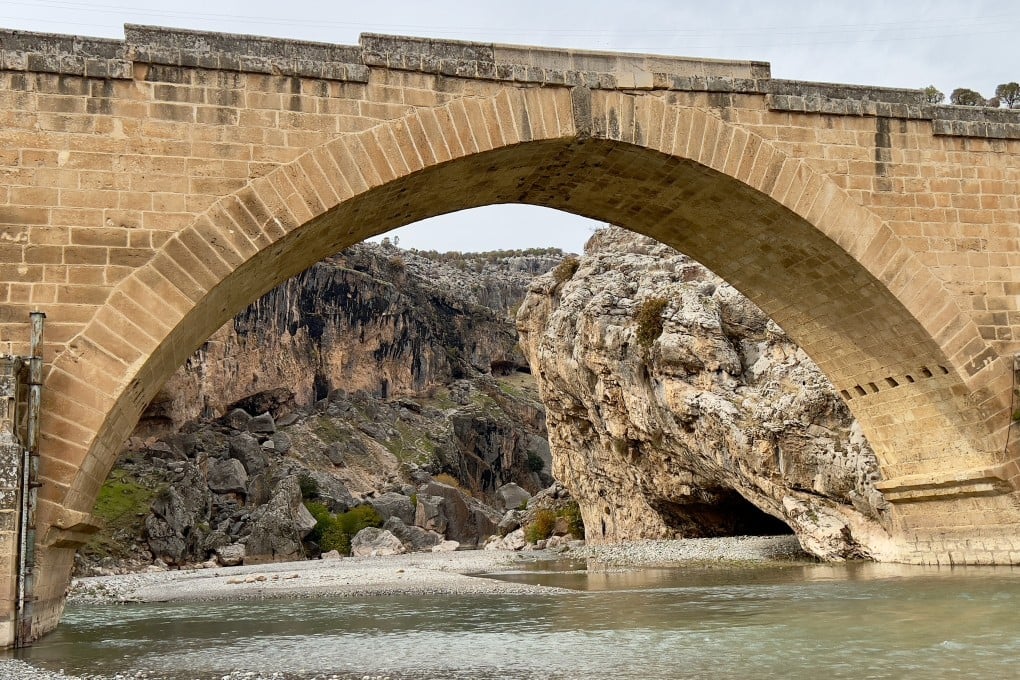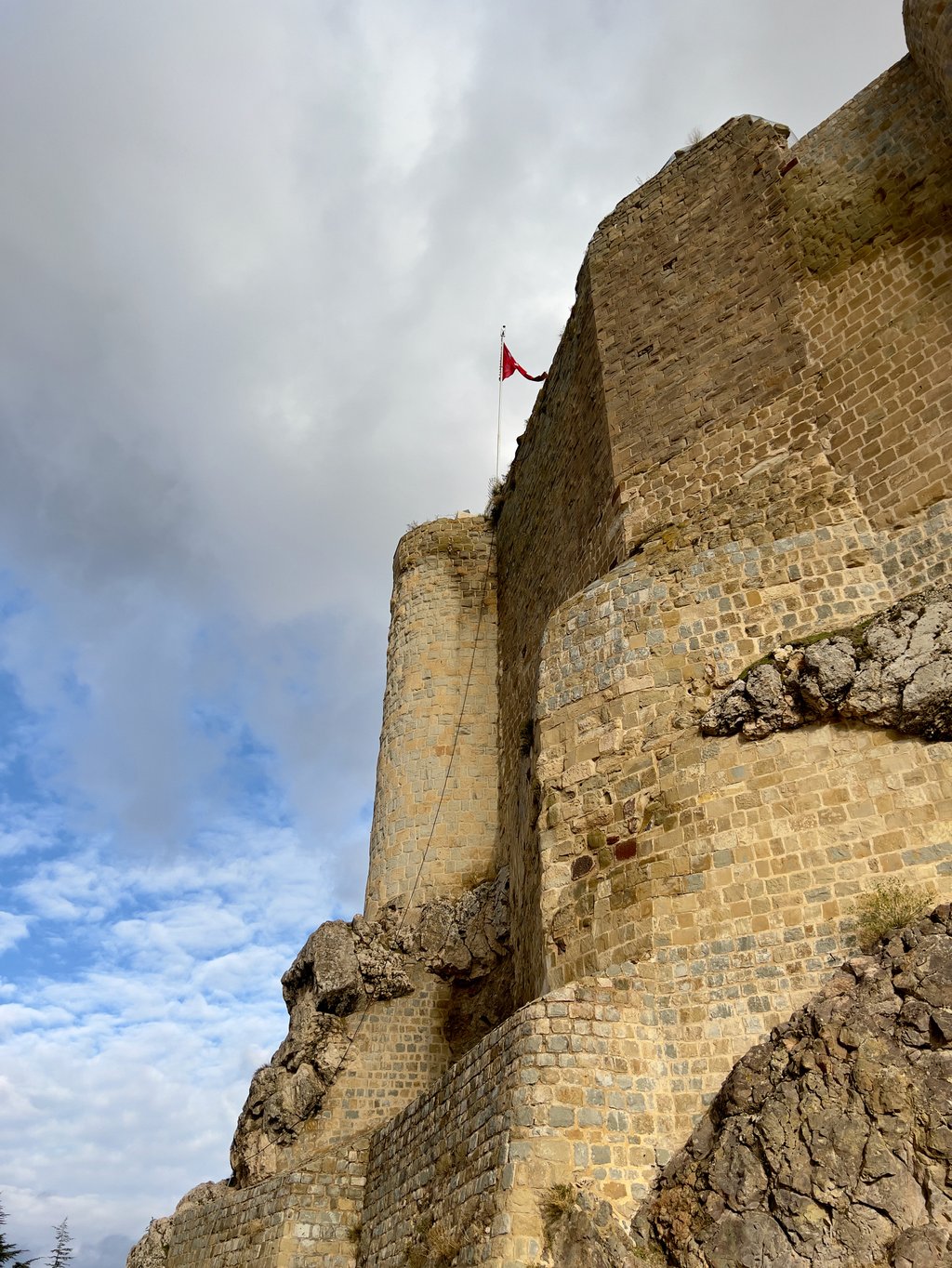In Anatolia, Turkey, there’s history at every turn, from a 3rd century Roman bridge to a castle ‘made with milk’, and some of the earliest evidence of bureaucracy
- Invaded by Greeks, Persians, Romans and other civilisations, Anatolia’s sights, including castles, caves, churches, mosques and tombs, bring history to life
- Most stunning are mountaintop decapitated statues honouring the leader of a forgotten kingdom, but there are less dramatic attractions, such as a coffee museum

Anatolia, the Asian portion of Turkey, has far more to offer than hot-air ballooning over the cave dwellings of Cappadocia, images of which are all over Instagram.
For thousands of years this region between Europe and the Middle East, most of it plateau over 500 metres (1,640ft) above sea level, was invaded from both east and west by wave after wave of Hittites, Phrygians, Cimmerians, Thracians, Greeks, Persians, Seleucids, Romans and others.
Many of them left their mark on both the landscape and the culture before the Seljuk Turks arrived from Central Asia in the 11th century and laid the foundations of the modern Turkish state.
As tourism returns to an area that was on the periphery of the February 2023 earthquake that struck eastern Turkey and northwest Syria, those whose travel decisions are driven by checklists will find the region satisfyingly sprinkled with Unesco World Heritage sites from multiple cultures, including caves and castles, tombs and tumuli, but without the crowds.

This is a landscape of crumpled beauty, and of schoolroom history lessons brought to life: the site of the earliest agriculture, the first settlements and, as befitting a region once part of the Byzantine Empire, evidence of the beginnings of bureaucracy.
From Elazig, a two-and-a-half hour flight east from Istanbul, it’s a short drive north to the ancient town of Harput, first settled 4,000 years ago, where a fortress once protected a crossroads of trade routes, including an old Silk Route coming west from Persia.
